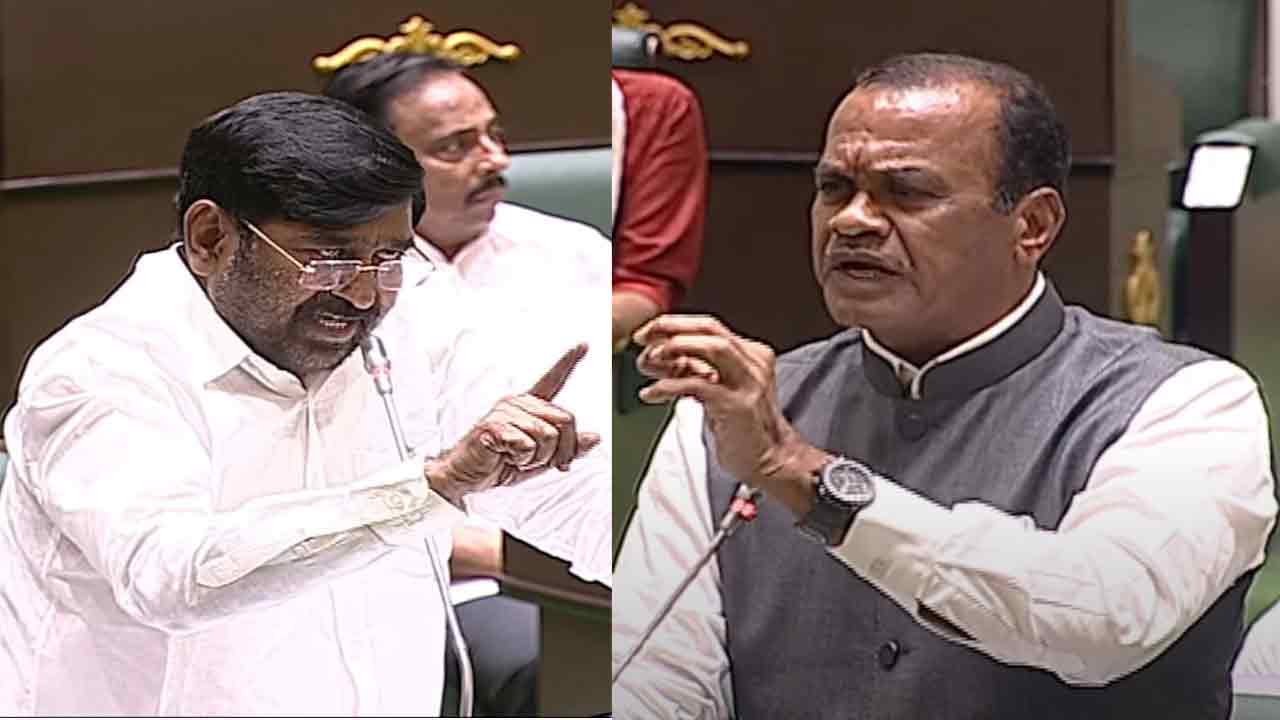UPI, Aadhaar Set To Drive India To $8 Trillion Economy By 2030
Delhi/Hyderabad, Feb 21 (Maxim News): Digital Public Infrastructure (DPIs) like Unified Payments Interface (UPI) and Aadhaar are poised to propel India towards a $8 trillion economy by 2030, helping the country achieve a $1 trillion digital economy target, a Nasscom-led report said on Wednesday.
Click Here To Join Us On WhatsApp
With successful mass adoption and larger economic impact, DPIs are impacting approximately 1.3 billion citizens, covering 97 percent of India’s population.
The matured DPIs enabled a value creation of $31.8 billion, equivalent to 0.9 percent of India’s GDP in 2022.
Click Here To Join Us On WhatsApp
aadhaar has enabled an economic value of $15.2 billion, primarily through the elimination of direct Benefits Transfer leakages, UPI, on the other hand, has replaced cash transactions and electronic transfers across sectors. contributing $16.2 billion, according to the report by Nasscom in collaboration with global consulting firm Arthur D. Little.
“India’s digital transformation, propelled by DPIs, marks a leap towards the digitally-empowered economy, propelled by DPIs, marks a leap towards a digitally-empowered economy, a cornerstone of ‘techie”, driving the ‘India@47’ growth narrative, DPI’s success has positioned India as a global leader in digital innovation, said Debjani Ghosh, President, Nasscom.
Click Here To Join Us On WhatsApp
Ecologically, DPI adoption has led to significant paper savings and carbon emissions reduction. The time saved in the logistics and transportation sector reduced carbon emissions by 3.2 million tonnes in 2022.
Furthermore, DPIs align with core UN SDG goals by providing citizen-centric solutions, according to the report. India’s interoperable and open-source DPIs are now being adopted or considered by over 30 countries to enhance social and financial inclusion.
Click Here To Join Us On WhatsApp
“While Maute DPIs have witnessed exponential adoption by 2022, the next 7-8 years offer an opportunity for further scalability, reaching even the most remote segments of the population. By 2030, DPIs will significantly enhance citizens, efficiency and promote social as well as financial inclusion, said Brajesh Singh, President-India, Arthur D Little.
the transformation of matured and budding DPIs through innovative technology integration such as A1, Web3, and metaverse presents significant opportunities.
Click Here To Join Us On WhatsApp
To realize the 2030 DPI potential, government agencies need to continue to give proactive policy support, and regulatory clarity, and promote existing digital ecosystems by setting up task forces to drive adoption and foster innovation through partnerships with corporates and startups, the findings showed.
“Startups and SMEs should build business models that capitalize on the full-scale adoption of existing digital infrastructure and experiment with new-age technologies. Corporates and Big Tech should anticipate future digital demand, build the necessary infrastructure, and foster innovation, it added. (Maxim News)
Next Story :
Now you can get the latest stories from Indtoday on Telegram every day. Click the link to subscribe. Click to follow Indtoday’s Facebook page, Twitter and Instagram. For all the latest Hyderabad News updates





